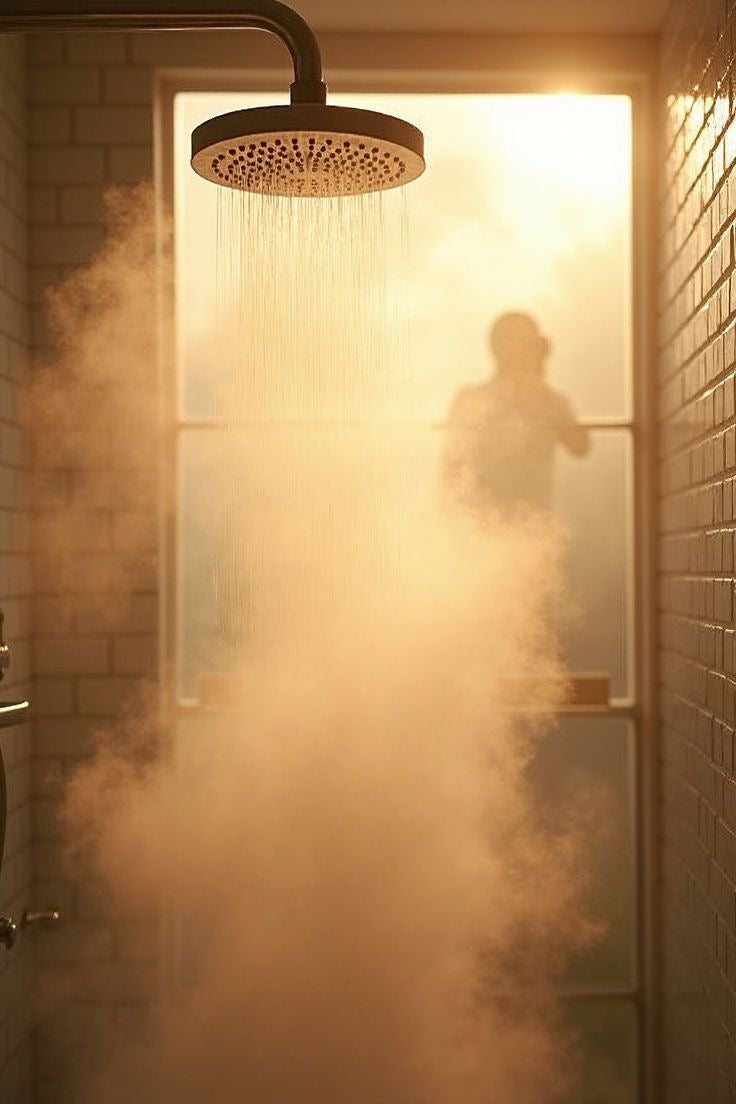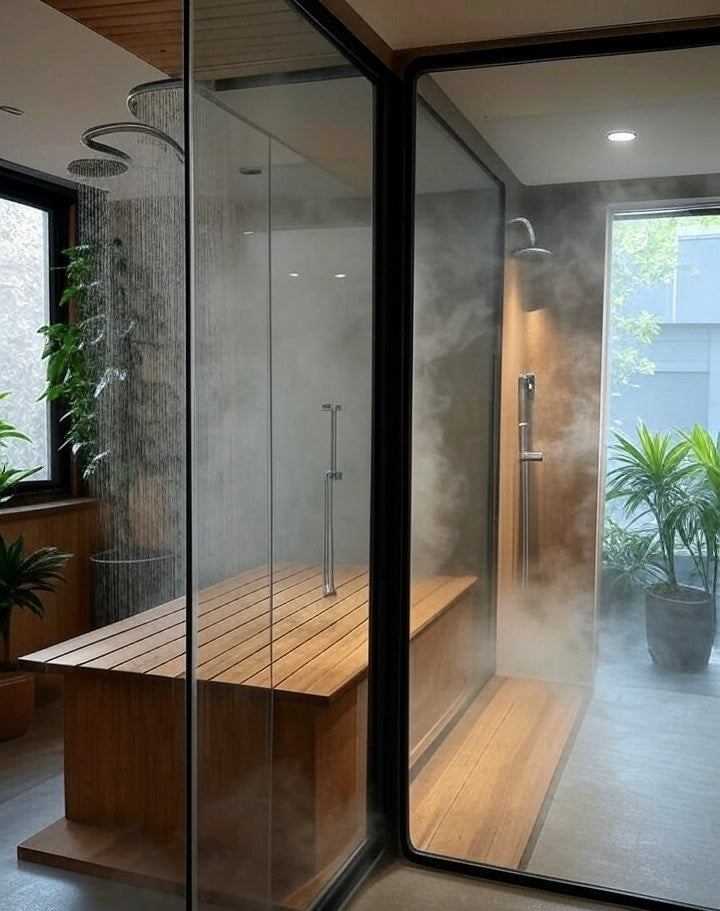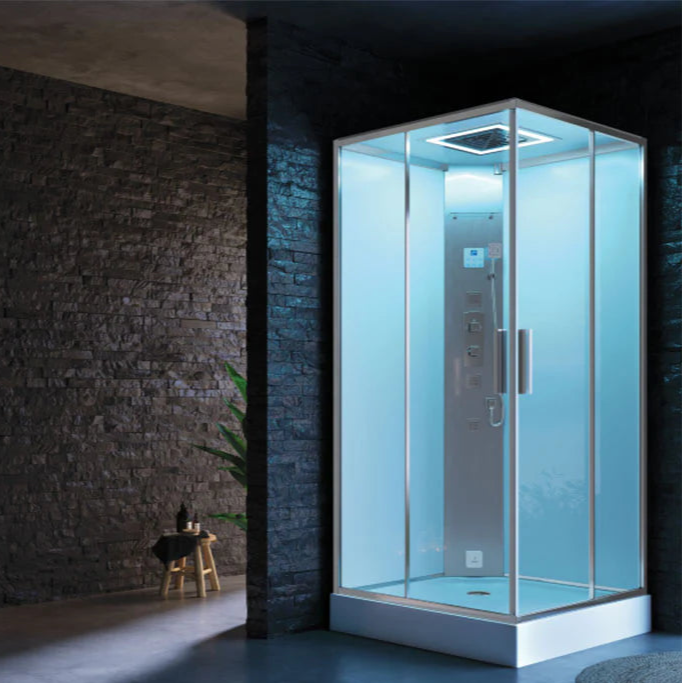Thinking about glowing skin without spa bills? Red Light Therapy is the secret—short answer? Panels beat beds for cost, convenience, and results. But not all Red Light Therapy Panels are equal. Skip the guesswork—keep reading to find the best pick without wasting cash (or floor space like Red Light Therapy Beds).

Understanding Red Light Therapy Panels: The Essentials
What is Red Light Therapy (RLT) and How Does it Work?
The Science of Photobiomodulation
Red Light Therapy (RLT), also known as photobiomodulation, involves exposing the body to specific wavelengths of red and near-infrared (NIR) light. These wavelengths penetrate the skin and stimulate energy production in your cells by targeting mitochondria.
This stimulation enhances cell repair, reduces inflammation, and can promote tissue regeneration. It’s completely non-invasive, pain-free, and suitable for regular home use.
Key Wavelengths Explained (Red Light vs. Near-Infrared)
630–670nm (Red Light): Surface Benefits (Skin, Collagen)
Red light in this range targets the skin's surface. It boosts collagen production, smooths fine lines, and helps with conditions like acne and pigmentation. It’s often used in facial panels and beauty masks for visible skin rejuvenation.
800–880nm (Near-Infrared): Deeper Penetration (Muscles, Joints, Recovery)
Near-infrared light penetrates more deeply. It supports joint health, reduces muscle soreness, and aids recovery after exercise. This range is ideal for fitness enthusiasts or anyone managing chronic pain.
Common Benefits of Red Light Therapy
Skin Rejuvenation and Anti-Aging (Wrinkles, Acne, Pigmentation)
RLT enhances collagen and elastin production, visibly improving skin tone and texture. It can fade pigmentation and reduce breakouts. Users often report a more youthful, glowing appearance.
Muscle Recovery and Pain Relief
Athletes and everyday users turn to RLT for post-workout recovery. It promotes muscle repair and eases joint discomfort. Targeted use can help chronic pain conditions like arthritis.
Reducing Inflammation
Red and near-infrared wavelengths help regulate inflammatory responses. This can reduce swelling and promote healing. It’s also useful for autoimmune issues and injury recovery.
Boosting Circulation and Cellular Energy
Improved blood flow is a core benefit of red light exposure. More oxygen and nutrients reach your cells, supporting better function. Mitochondrial stimulation boosts ATP, your body’s energy currency.
Potential for Mood, Sleep, and Circadian Rhythm Support
RLT influences melatonin production and helps regulate circadian rhythms. It can support better sleep, mood stability, and overall mental wellbeing. Many users notice improved sleep quality with consistent use.
How to Choose the Best Red Light Therapy Panel for Your Needs

Key Factors to Consider Before Buying
Wavelengths and Their Efficacy: Ensuring Optimal Red and Near-Infrared Output
Check the specifications for accurate red (630–670nm) and NIR (800–880nm) output. Panels offering a good balance of both offer the most comprehensive benefits. Some brands allow toggling between the two.
Irradiance (Power Output): Why mW/cm² Matters for Effective Treatment
Higher irradiance (typically 80–150 mW/cm²) means more energy is delivered in less time. This affects how quickly and effectively the light penetrates your skin. Look for independently tested data, not just marketing claims.
Understanding Dosing and Treatment Times
Lower-powered devices need longer sessions. Full-body panels with high irradiance can be effective in 10–15 minutes. Overuse doesn’t increase benefits, so follow guidelines.
Panel Size and Coverage Area: Matching Device to Treatment Goals
Larger panels are great for full-body therapy. Smaller units work well for focused areas.
Full-Body Panels vs. Targeted Devices (Masks, Handhelds)
Full-body panels are ideal for those with multiple treatment areas. Masks suit facial skincare goals. Handhelds offer flexibility for spot treatments, while wraps can contour around joints.
LED Quality and Density: Indicators of a High-Performing Device
More LEDs don’t always mean better performance, but evenly spaced, high-quality diodes deliver consistent coverage. Flicker-free and low-EMF designs are a bonus.
Safety Features and Certifications: FDA Clearance, EMF Emissions, Eye Protection
Choose devices with safety certifications and low EMF emissions. Eye protection is crucial for high-irradiance devices. FDA clearance or CE marking is a good sign of quality.
Ease of Use and Additional Features: Timers, Controls, Pulsed vs. Continuous Light
Built-in timers and auto shut-off features make usage easier. Some panels offer pulsed light options, which may enhance effects for some users.
Build Quality, Warranty, and Brand Reputation
Look for robust construction and long-term warranties. Reputable brands provide transparent specifications, good customer support, and clear return policies.
Budget vs. Value: Balancing Cost with Performance
While cheap devices may be tempting, they often cut corners on power or safety. A mid-range or premium panel offers better value over time due to durability and effectiveness.
Different Types of Red Light Therapy Devices

Full-Body Red Light Therapy Panels
Designed for total body coverage, these are ideal for frequent or therapeutic users. They’re powerful, efficient, and ideal for home wellness setups.
Red Light Therapy Masks (Facial Specific)
These target skin concerns like wrinkles and acne. Compact and user-friendly, they’re perfect for daily use and cosmetic goals.
Handheld Red Light Therapy Devices
Portable and flexible, handhelds let you treat joints, muscles, or small areas on the go. They often come with attachments for targeted use.
Wearable Red Light Therapy Devices (Belts, Wraps)
Wearable options wrap around joints, back, or stomach for direct, comfortable treatment. Great for hands-free sessions.
Setting Up and Using Your Red Light Therapy Panel
Optimal Treatment Distance
Position yourself 6–18 inches from the panel, depending on its irradiance. Too close can cause skin warmth; too far reduces effectiveness.
Recommended Session Duration and Frequency
Most users benefit from 10–20 minute sessions, 3–5 times per week. Start slow and increase as tolerated.
Maintenance and Care for Longevity
Wipe panels regularly to remove dust. Check cables and LEDs for wear. Avoid dropping or exposing the unit to water.
What to Avoid: Common Pitfalls and Red Flags
Devices with Undisclosed or Inaccurate Specifications
If a brand won’t publish irradiance or wavelength data, steer clear. These details are crucial for results.
Overly Cheap or Uncertified Products
Inexpensive panels often lack power and durability. Choose devices with certifications and positive reviews.
Misleading Marketing Claims
Watch for exaggerated promises—RLT won’t cure everything overnight. Reputable brands stay evidence-based.
Takeaways:
-
Choose devices with proven wavelengths (630–670nm and 800–880nm).
-
Prioritise high irradiance, safety certifications, and brand transparency.
-
Match panel type to your needs—facial masks, full-body setups, or handheld tools.
-
Avoid uncertified, vague, or overhyped products.
Conclusion:
Finding the right red light therapy panel doesn’t need to be overwhelming. Whether you're targeting wrinkles, sore muscles, or a post-gym recovery boost, there's a suitable device for every goal and budget. Use this guide to confidently pick a panel that delivers real results—without falling for gimmicks.






